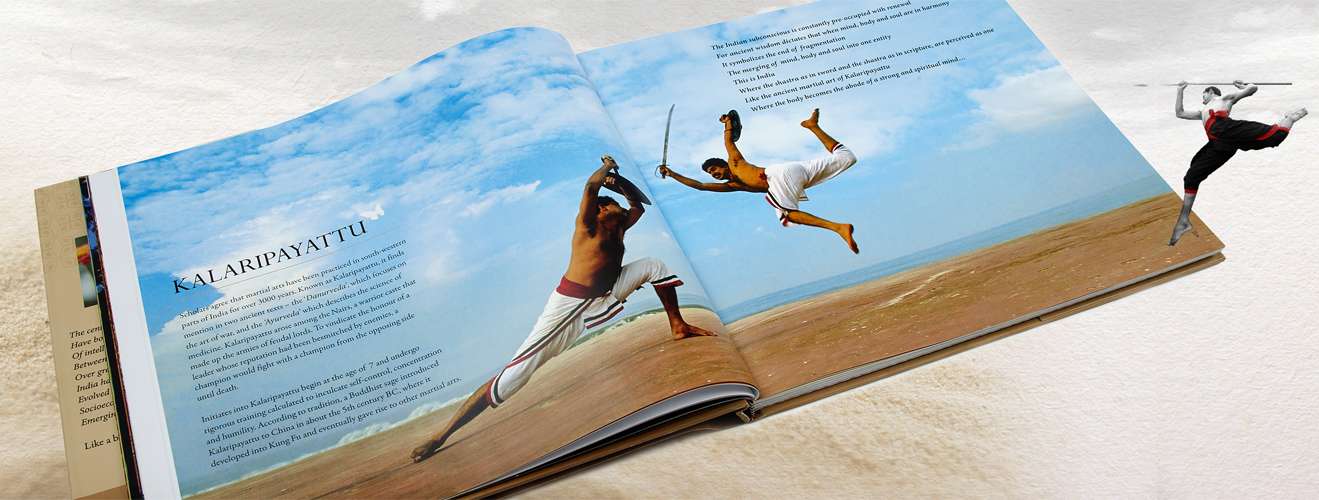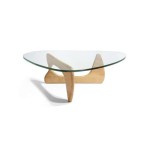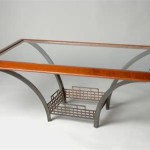Making a Coffee Table Photo Book: A Comprehensive Guide
A coffee table photo book serves as more than just a decorative object; it acts as a visual narrative, a curated collection of memories and moments designed to engage guests and offer a glimpse into the lives and interests of the homeowner. Unlike traditional photo albums that are often relegated to storage, these books are intentionally displayed, encouraging casual browsing and sparking conversation. Successfully creating such a book requires careful planning, selection, and execution, transforming a digital archive into a tangible piece of art.
The process begins well before the first photograph is placed. Initial considerations should include the book's overall theme, target audience, and desired aesthetic. Determining these elements upfront sets the foundation for subsequent decisions regarding photo selection, layout, and printing options. A cohesive theme ensures that the book tells a story, while understanding the intended audience – whether it's close family, casual friends, or potential clients – dictates the level of formality and personal details included.
Defining the Theme and Scope
The theme of a coffee table photo book is paramount. It provides a unifying thread that connects otherwise disparate images, lending coherence and purpose to the collection. The theme could be as broad as "Travels Around the World," showcasing adventures across continents, or as specific as "The First Five Years," documenting a child's early life. A theme based on a particular hobby, such as "Urban Exploration Photography" or "The Art of Baking," allows for a deep dive into a specific area of interest. Similarly, books dedicated to significant events, like weddings or milestone anniversaries, offer a focused and personalized keepsake.
Once the theme is established, defining the scope is crucial. This involves determining the timeframe covered, the geographical locations represented, and the specific subjects to be included. For example, a book themed "Our Family History" might span several generations, focusing on key historical periods and significant family events. Conversely, a book themed "A Year in Our Garden" would concentrate on a single year, showcasing the changing seasons and the growth of various plants. Setting clear boundaries prevents the project from becoming overwhelming and ensures a consistent narrative.
Careful consideration should also be given to the intended audience. A book created for close family members might include candid and personal moments that wouldn't be appropriate for a wider audience. Conversely, a book intended for display in a professional setting, such as a real estate office or design studio, should feature images that are both visually appealing and relevant to the business. Tailoring the content to the audience enhances its impact and ensures that it resonates with the intended viewers.
Curating and Editing Photographs
The selection of photographs is perhaps the most time-consuming but also the most critical step in creating a compelling coffee table photo book. It involves sifting through potentially thousands of images, identifying the best ones, and then meticulously editing them to ensure consistency in style and quality. The goal is to create a collection that is not only visually appealing but also emotionally resonant, capturing the essence of the chosen theme and telling a story that captivates the viewer.
The initial selection process should focus on identifying images that are technically sound, visually interesting, and relevant to the overall theme. This involves considering factors such as composition, lighting, and sharpness. Images that are poorly composed, poorly lit, or blurry should be eliminated unless they hold significant sentimental value. Focus should be placed on photos that effectively capture the desired mood or emotion, whether it's joy, excitement, nostalgia, or tranquility. Don't be afraid to be ruthless in eliminating images that don't meet these criteria; a smaller collection of high-quality images is always preferable to a larger collection that includes mediocre shots.
Once a preliminary selection has been made, the editing process begins. This involves adjusting the exposure, contrast, and color balance of each image to ensure consistency. Minor blemishes or imperfections can be removed using photo editing software. However, it's important to avoid over-editing, which can result in images that look artificial or unnatural. The goal is to enhance the natural beauty of the photographs while maintaining their authenticity. Consider using a consistent editing style throughout the book to create a cohesive visual experience. This might involve applying a specific filter or preset to all of the images, or simply adhering to a consistent color palette and tonal range.
Pay attention to the sequencing of the photographs within the book. Arranging the images in a logical and visually pleasing order can greatly enhance the story that they tell. Consider grouping images by date, location, or subject matter. Experiment with different layouts and arrangements until a sequence is found that feels natural and intuitive. Include a variety of image sizes and orientations to add visual interest and prevent the book from feeling monotonous. Don't be afraid to use full-page spreads to showcase particularly stunning or important images. Cropping can also be used strategically to emphasize specific details or create a more dynamic composition.
Designing Layout and Choosing Printing Options
The layout of a coffee table photo book significantly impacts its overall aesthetic and readability. A well-designed layout enhances the visual appeal of the photographs and guides the viewer's eye through the book. The choice of printing options, including paper type, binding style, and cover material, further contributes to the book's overall quality and durability. These decisions are crucial in transforming a collection of digital images into a tangible and lasting piece of art.
When designing the layout, consider the principles of visual hierarchy. Use larger images to draw attention to the most important moments or subjects, and smaller images to provide context or support the main narrative. Leave adequate white space around the images to prevent the pages from feeling cluttered and overwhelming. Use a consistent font style and size for captions and text, ensuring that the text is legible and visually harmonious with the photographs. Several online platforms and software programs provide templates for photo book layouts, offering a starting point for creating a professional-looking design. However, it is important to customize these templates to reflect the unique style and content of the book. Experiment with different layouts until a design is found that effectively showcases the photographs and tells the story in a compelling way.
The choice of printing options ultimately determines the book's physical quality and longevity. Different paper types offer varying levels of brightness, texture, and weight. Glossy paper enhances the colors and details of the photographs but can be prone to glare. Matte paper provides a more subtle and understated look, with a smoother texture and reduced glare. Heavier paper stock adds to the book's durability and perceived value. The binding style also affects the book's appearance and functionality. Hardcover binding provides greater protection and allows the book to lay flat when open, making it ideal for coffee table display. Softcover binding is a more economical option but may be less durable. Consider the overall aesthetic of the book when choosing the cover material. Linen covers offer a classic and elegant look, while leather covers provide a luxurious and durable finish.
Before finalizing the printing order, carefully review the layout and proofread all text for errors. Check the image resolution to ensure that the photographs will print sharply and clearly. Order a proof copy of the book to inspect the color accuracy, print quality, and overall appearance. This allows for any necessary adjustments to be made before committing to a larger print run. The investment in a professional printing service and high-quality materials ensures that the coffee table photo book will be a treasured keepsake for years to come.
How To Make A Coffee Table Book Using Your Own Photos Posh In Progress
How To Make A Coffee Table Book Using Your Own Photos Posh In Progress

Custom Coffee Table Photo Book Ideas Tips Tricks Blurb Blog

Oh How To Make A Coffee Table Book And Publish It Design Studio

Create Your Own Coffee Table Book Snapfish

Oh How To Make A Coffee Table Book And Publish It Design Studio

How To Create And Publish A Coffeetable Book

Oh How To Make A Coffee Table Book And Publish It Design Studio

Oh How To Make A Coffee Table Book And Publish It Design Studio

Make Your Own Coffee Table Photo Book Cewe







